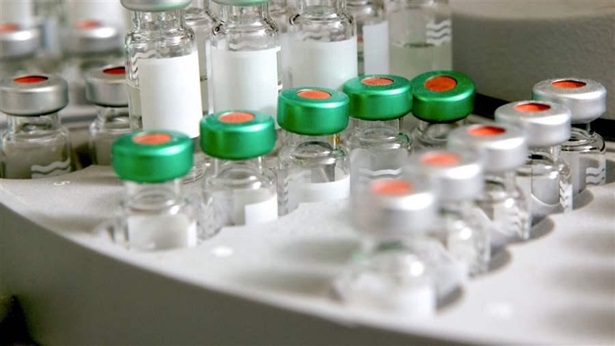Addressing the Regulatory Hurdles Facing Antibiotic Innovation
Although the threat of antibiotic resistance is growing, it can be challenging to get regulatory approval for antibiotics that treat highly resistant bacterial infections. Only a small number of patients contracting such infections meet the requirements to participate in traditional large clinical trials. As a result, researchers have difficulty identifying patients and enrolling them in clinical trials to study treatments for some of the most serious bacterial infections.
To address some of these challenges, and to help patients who have few or no treatment options to battle infections, senior leaders at the U.S. Food and Drug Administration and policymakers on Capitol Hill have discussed the potential for a new, limited-population antibacterial drug (LPAD) pathway. Antibiotics approved under this pathway would be studied for use in smaller, more targeted populations than are antibiotics used for broader indications or conditions. This process could help lower development costs and make clinical trials more feasible for drug companies.
The Antibiotic Development to Advance Patient Treatment (ADAPT) Act, legislation that was originally introduced in 2013, was included as part of the 21st Century Cures Act, a wide-ranging health care bill approved by the House Energy and Commerce Committee on May 21, 2015. A similar Senate measure, the Promise for Antibiotics and Therapeutics for Health (PATH) Act, was introduced by Senators Orrin Hatch (R-UT) and Michael Bennet (D-CO) in January 2015. Both bills would create an LPAD pathway and encourage the development of antibiotics for patients with serious or life-threatening bacterial infections.

Core Principles for a Limited Population Antibacterial Drug Pathway
New pathway will encourage the development of antibiotics and get them to patients fasterAdditional Resources


America’s Overdose Crisis
Sign up for our five-email course explaining the overdose crisis in America, the state of treatment access, and ways to improve care
Sign up
Tracking the Pipeline
Identifying each drug, its manufacturer, its potential targets, and where it is in the development process.
Read More








